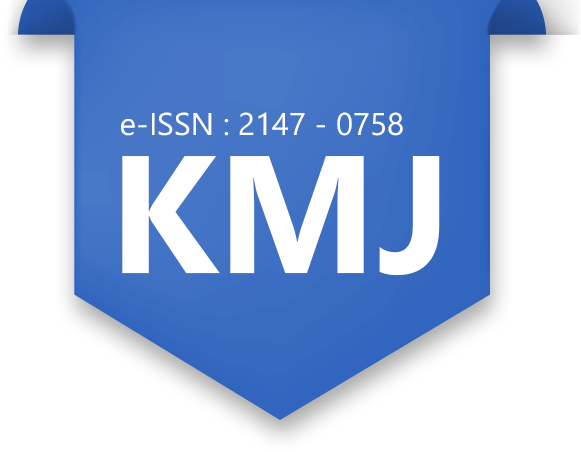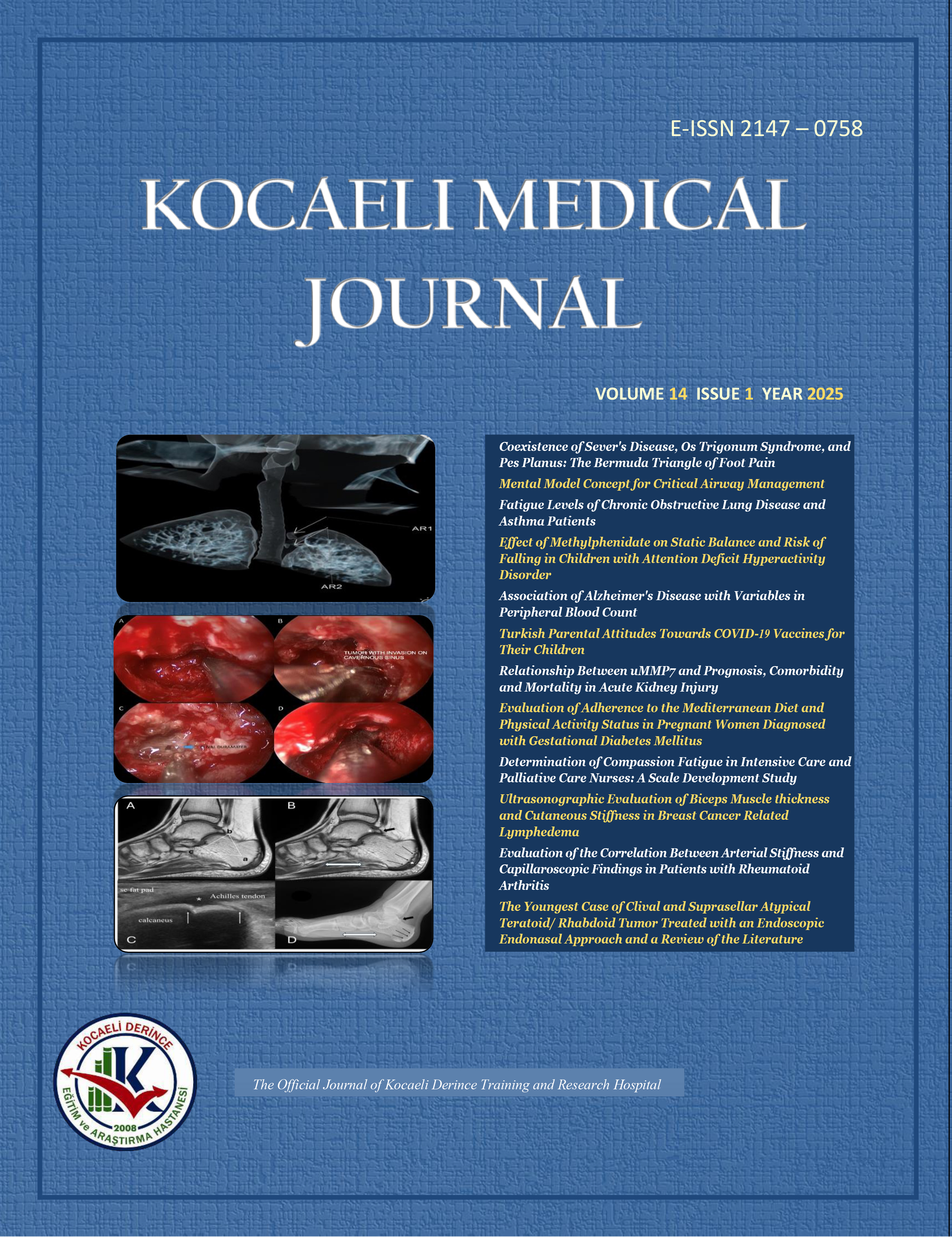
Can We Predict Postoperative Mortality and Morbidity with Blood Biochemical, Inflammatory and Nutritional Biomarkers Before Pancreaticoduodenectomy Procedure?
Rıdvan Yavuz1, Orhan Aras1, Firat Demircan21Departmant of Gastroenterology, Antalya Training and Research Hospital, Antalya, Turkey2Department Of General Surgery, Sancaktepe Training And Research Hospital,Sancaktepe,i̇stanbul, Turkey
INTRODUCTION: The morbidity rate after Whipple operation is quite high (40-50%). We aimed to evaluate the efficacy of preoperative biochemical, inflammatory and nutritional biomarkers used as predictors for morbidity and mortality in patients undergoing this procedure, as well as the effect of perioperative biliary drainage and anastomosis technique on the postoperative period.
METHODS: This retrospective clinical study was conducted by extracting data from hospital computer databases or archive files of patients who underwent pancreaticoduodenectomy between 23.07.2010 and 22.12.2021.All patients who underwent Whipple procedure and achieved R0 surgical resection were included in the study. Demographic data (age and gender), presence of stent, preoperative hemoglobin, platelet, neutrophil, lymphocyte, total bilirubin, direct bilirubin, albumin blood test values were recorded retrospectively. Preoperative neutrophil/lymphocyte ratio (NLR), platelet/lymphocyte ratio (PLR) and prognostic nutritional index (PNI) were calculated for all patients.
RESULTS: A total of 153 patients were included in the study. The mean values of total bilirubin and direct bilirubin were significantly different between cases with and without bleeding and complications. Gender, presence of stent, anastomotic technique, albumin, PLR and PNI did not significantly affect mortality. Age, hemoglobin, NLR, total bilirubin and direct bilirubin affected mortality. However, further analysis revealed that age was the only risk factor for mortality
DISCUSSION AND CONCLUSION: High bilirubin levels were associated with perioperative bleeding in the analyses. While age, hemoglobin, bilirubin and NLR were prominent in predicting mortality, further analysis revealed that only age was strongly associated with early postoperative mortality.
Pankreatikoduodenektomi Ameliyatı Öncesi Kan Biyokimyasal, İnflamatuvar ve Beslenme Biyobelirteçleri ile Postoperatif Mortalite ve Morbiditeyi Öngörebilir Miyiz?
Rıdvan Yavuz1, Orhan Aras1, Firat Demircan21Antalya Eğitim Ve Araştırma Hastanesi,Gastroenteroloji Cerrahisi Kliniği,Antalya, Türkiye2Sancaktepe Eğitim Ve Araştırma Hastanesi,Genel Cerrahi Kliniği,i̇stanbul, Türkiye
GİRİŞ ve AMAÇ: Whipple operasyonundan sonra morbidite oranı oldukça yüksektir (%40-50). Bu prosedüre giren hastalarda morbidite ve mortaliteyi öngörmek için kullanılan preoperatif biyokimyasal, inflamatuar ve beslenme biyobelirteçlerinin etkinliğini ve perioperatif biliyer drenaj ve anastomoz tekniğinin postoperatif dönem üzerindeki etkisini değerlendirmeyi amaçladık.
YÖNTEM ve GEREÇLER: Bu retrospektif klinik araştırma 23/07/2010 ile 22/12/2021 tarihleri arasında pankreatikoduodenektomi uygulanan hastaların verileri hastane bilgisayar veri tabanından veya arşiv dosyalarından çıkarılarak yapılmıştır.Whipple operasyonu geçiren ve R0 cerrahi rezeksiyon elde eden tüm hastalar çalışmaya dahil edildi. Demografik veriler (yaş ve cinsiyet), stent varlığı, preoperatif hemoglobin, trombosit, nötrofil, lenfosit, toplam bilirubin, direkt bilirubin, albümin kan testi değerleri retrospektif olarak kaydedildi. Tüm hastalar için preoperatif nötrofil/lenfosit oranı (NLR), trombosit/lenfosit oranı (PLR) ve prognostik beslenme indeksi (PNI) hesaplandı.
BULGULAR: Çalışmaya toplam 153 hasta dahil edildi. Toplam bilirubin ve direkt bilirubin ortalama değerleri kanama ve komplikasyonları olan ve olmayan vakalar arasında önemli ölçüde farklıydı. Cinsiyet, stent varlığı, anastomotik teknik, albumin, PLR ve PNI mortaliteyi önemli ölçüde etkilemedi. Yaş, hemoglobin, NLR, toplam bilirubin ve direkt bilirubin mortaliteyi etkiledi. Ancak daha ileri analizler, yaşın mortalite için tek risk faktörü olduğunu ortaya koydu
TARTIŞMA ve SONUÇ: Analizlerde yüksek bilirubin seviyeleri perioperatif kanama ile ilişkilendirildi. Yaş, hemoglobin, bilirubin ve NLR mortaliteyi tahmin etmede belirginken, daha ileri analizler sadece yaşın erken postoperatif mortalite ile güçlü bir şekilde ilişkili olduğunu ortaya koydu.
Manuscript Language: English












